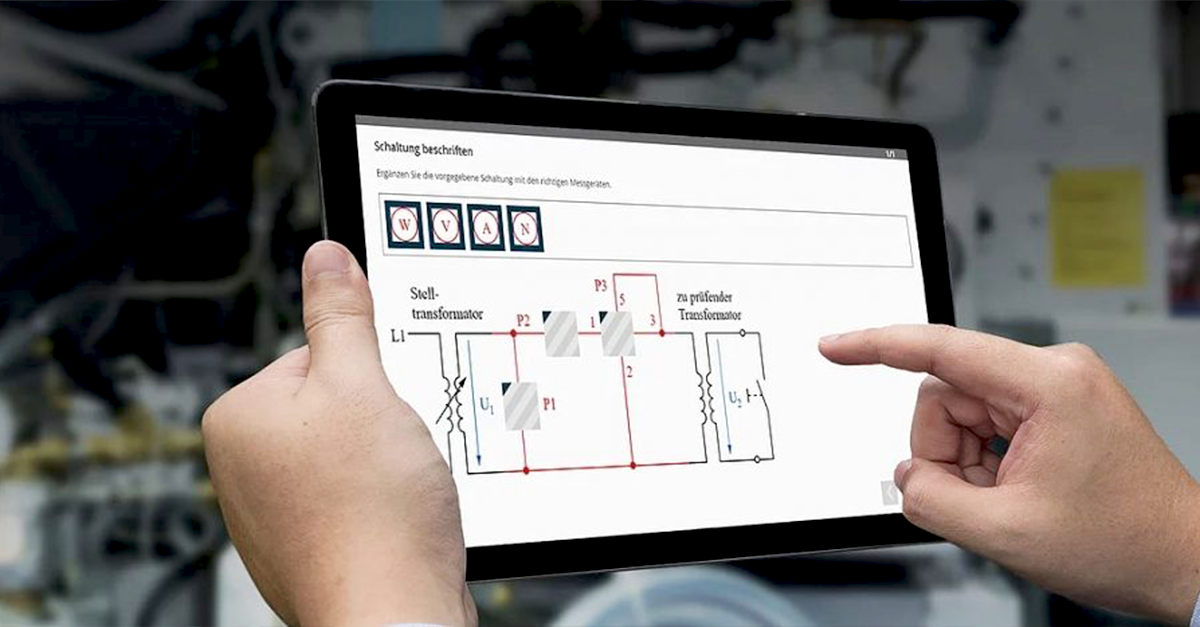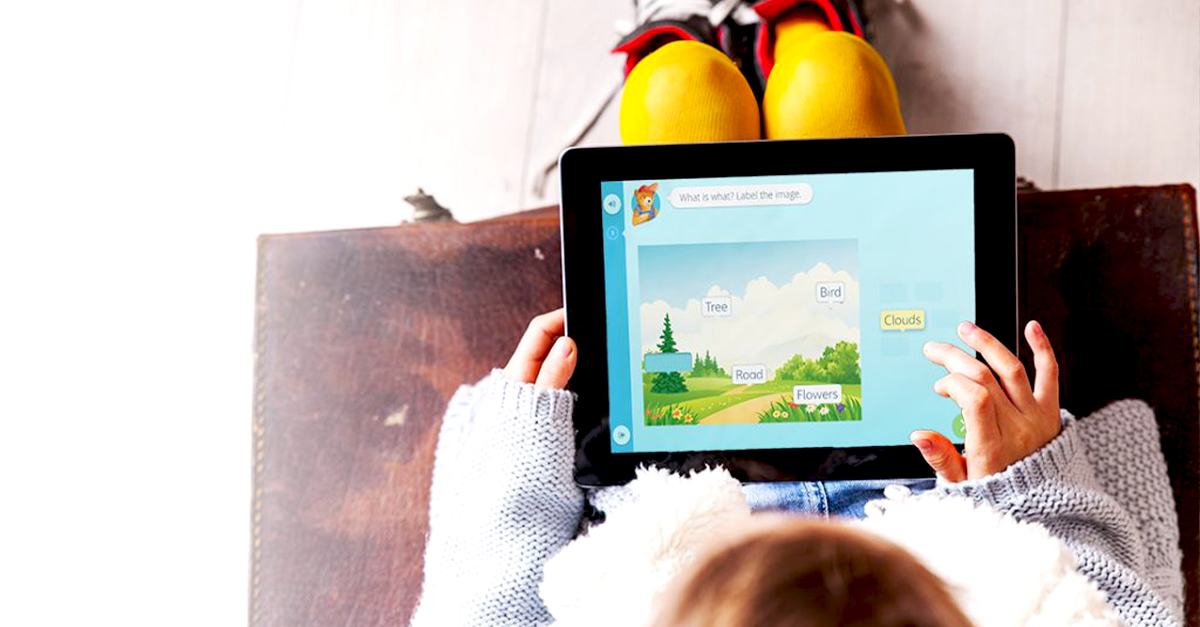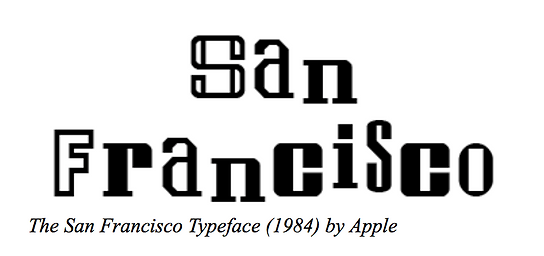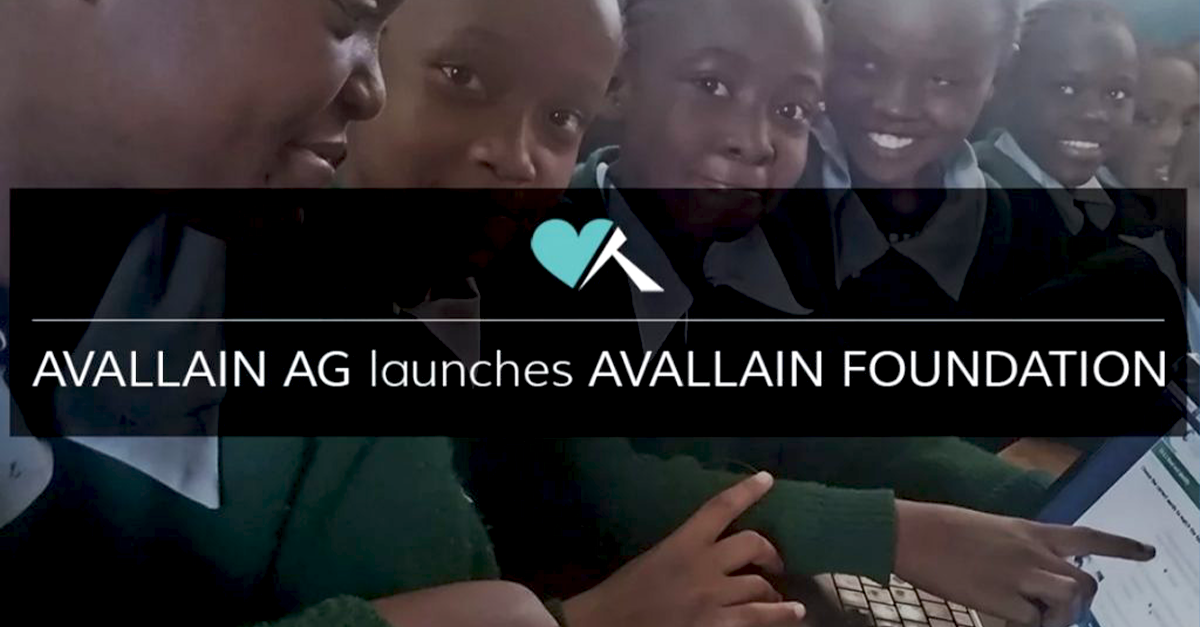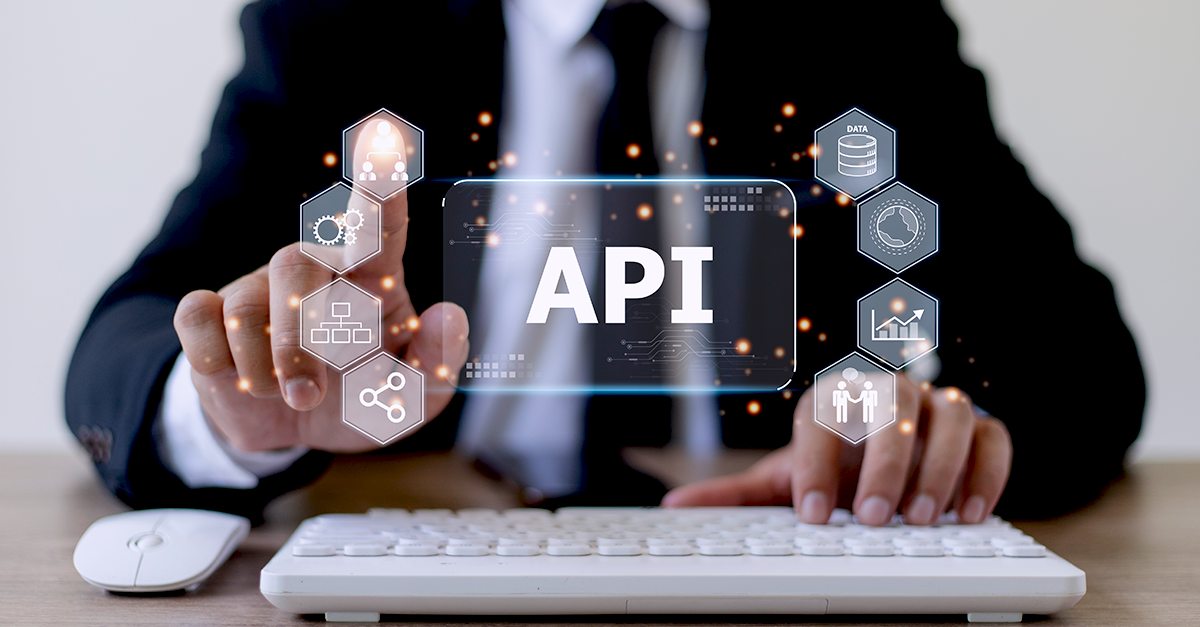There is an abundance of specialist journals, textbooks and magazines for trade and industry, their main focus varies and the range is growing steadily. However, the interactive digital content that print publications now offer their readers is brand new: Since September 2016, deduu (digital education utility) – a learning platform with interactive learning modules for various disciplines such as electrical engineering or metal technology – is complementing the specialist magazines published by Huss Media and Directa.
From print to digital content – deduu works as the ‘missing link’
This way Huss Media and Directa Publishing enhance their focus on traditional vocational print magazines and textbooks for the commercial sector, with future-oriented and innovative ways of delivering learning.
Torsten Ernst, Publishing Director of Huss Media GmbH, says:
“With the launch of our deduu project, we managed to bridge the gap between our print content and the digital world. From a publisher’s perspective, this is the missing link all publishers are searching for to enhance their traditional media products with a digital element.”
From the outset, deduu presents itself as a scalable learning platform, aimed at the needs as well as target groups of various customers. Not only does it thereby open a new market sector, but also expands the publisher’s magazine division with innovative offers, thus generating a younger audience. There are, for example, numerous products that enrich the vocational section of various magazines with interactive exercises. Vocational students can thus strengthen their knowledge or prepare for their exams.
From expert to interactive author – Avallain Author as facilitator
The platform technology is based on Moodle, which as an open source learning management system has a large community. The interactive content is developed with Avallain Author, an authoring tool that does not require any programming skills or prolonged training. Avallain Author provides an export of the produced content into the Moodle LMS. In cooperation with EDU-Werkstatt GmbH1, which is part of the d-education GmbH (a consortium of Directa, Huss Media and EDU), Avallain trained numerous authors from various disciplines to enable them to create a new range of digital products. Avallain Author turns print media specialists into authors of interactive learning materials.
Nico Warncke, publishing director of Directa Publishing, underlines the importance of this cooperation:
The advantage for specialist publishers is obvious: In addition to traditional articles in print media, we can now use the knowledge and expertise of our authors for interactive content, since Avallain Author requires minimal training and hardly any existing computer skills. Furthermore, deduu enables us to generate a more versatile publishing range that is better geared towards today’s needs. This allows us to access new markets and more importantly, win new young readers.
In addition to the monthly magazine, readers have access to the electronic learning modules via “my.deduu.de” and can therefore benefit from significant added value:
- Readers receive feedback on their personal knowledge
- In addition to the solution itself, the approach as well as background knowledge is explained
- The product range is always up-to-date and grows over time
- The user can try out different learning scenarios
- There are tests to help with exam preparation
- The product range is tailored to a target group that is mobile and lives and learns in a digital way
- It can be used on all digital platforms (PC, tablets, smartphones)
- Learning on the go using mobile devices is also supported
The move of specialist publishers towards digital education content
Going forward, the publishing range of deduu will be constantly expanded with new disciplines and areas of learning. This year will still see the launch of new products that help students prepare for exams.
Ignatz Heinz, Managing Director of Avallain, is pleased about the successful cooperation:
To make a contribution to vocational training programs and to accompany specialist publishers on their way to a digital education, is a great step towards new learning opportunities and pioneering vocational training developments. We look forward to see what customized interactive content will be built with Avallain Author next.
In January 2017, the new continuing learning opportunity “Modern metal technology” will be launched. It is aimed at vocational students and working professionals in all metalworking vocations and designed to help them prepare for their exams. This takes Avallain’s contribution in optimizing professional education materials and reaching a wider and younger audience one step further.
1 The EDU-Werkstatt GmbH is a young company that was established in 2012 and specializes in digital educational media; www.edu-werkstatt.de
